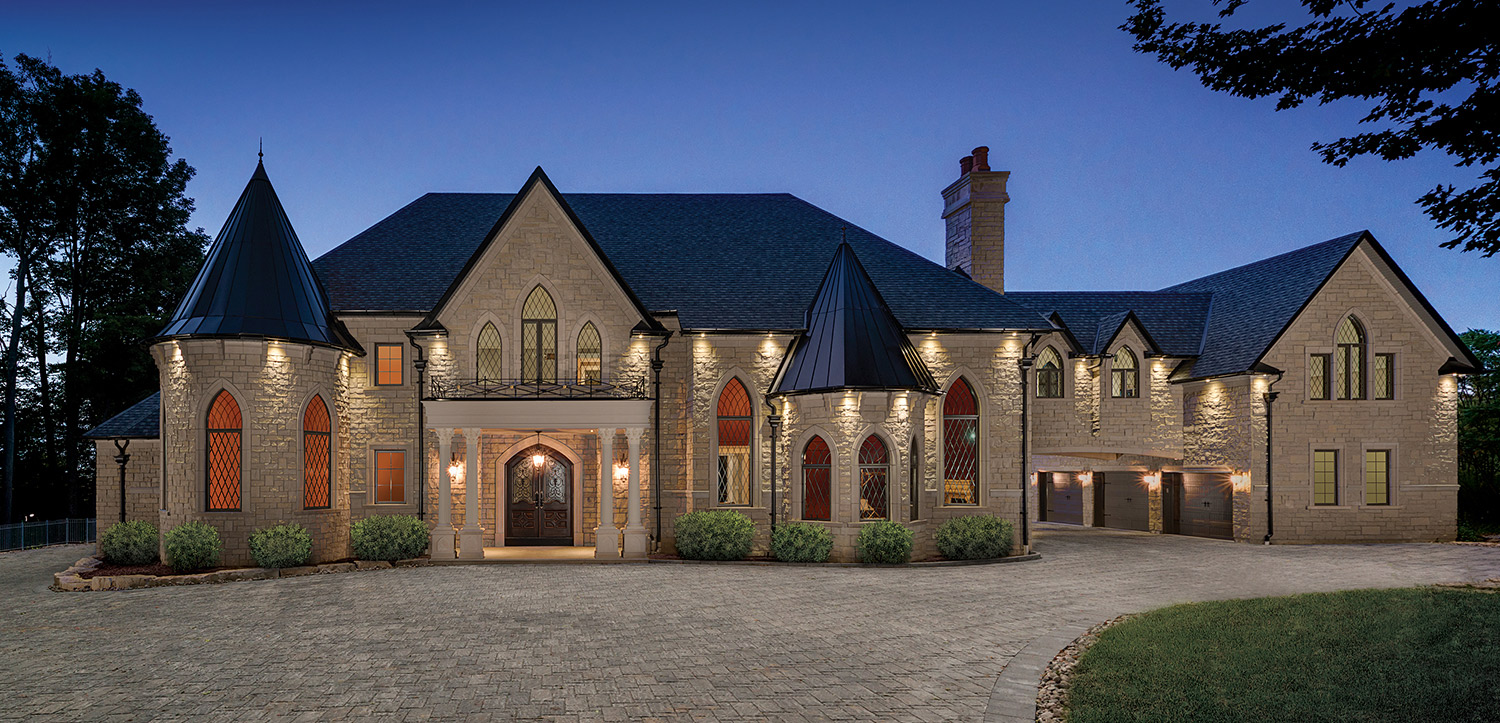Creating Home Value PART 1:

How ‘value engineering’ is changing home designs
In this two part blog series, we’re exploring the concept of value. Turns out, this word can mean different things. If we go to a dollar store, value means one thing: cheap and good enough. If we go house shopping, we think in terms of long-term value, of retaining value and protecting our investment.
As homebuyers, you might want to carefully consider ‘what’s of value’. What should you place the most value on? What decisions can help ensure long-term home value? While we may temporarily ‘value’ trendy aesthetics, they won’t have any real value at all, down the road.
Builders today, challenged with soaring costs, are having to get creative to be competitive and still provide value to buyers. We’re taking a look at an important concept being employed in many industries to get things done affordably: Value Engineering.
What is it?
Value engineering began in World War II, at General Electric Co. when shortages in everything from labour to parts, forced the company to look at substitutions. You know what they say, “necessity is the mother of invention”! When management realized that the alternate materials often reduced costs, the technique of “value analysis” was born.
It’s important to understand that value engineering today does not mean making inferior products. The aim of value engineering is to make a product without including components that would outlast the life cycle of the product. In other words don’t overspend where you don’t need to if the outcome is the same. According to Wikipedia,
“The reasoning behind value engineering is as follows: if marketers expect a product to become practically or stylistically obsolete within a specific length of time, they can design it to only last for that specific lifetime. The products could be built with higher-grade components, but with value engineering they are not because this would impose an unnecessary cost on the manufacturer, and to a limited extent also an increased cost on the purchaser. Value engineering will reduce these costs. A company will typically use the least expensive components that satisfy the product’s lifetime projections.
It makes sense. Don’t we practice the same thing when we substitute a generic brand if it’s cheaper and does the job? However, we’re not talking about baking banana bread today – when you’re building a home it’s critical to make sure you’re building value for the long term, as well as making choices that work for your family.
How home designs are being re-engineered.

Getting what you want for a price you can afford – this defines ‘value engineering’ in the building world. Homebuilders are redesigning plans to create affordable homes with features that homebuyers want.
We found a good article that reveals how value engineering may be removing some choices, while adding new features. It’s smart to be aware of the trends.
Here are a few highlights:
1. Larger kitchen pantries – but less cabinetry in the floor plan
2. Master bath – out with the soaker tub, in with a linen closet
3. Main floor powder closet? – gain a closet (with rough ins), lose a bathroom
Let’s remember our theme – ‘what is of value’. This question is personal to your family and also requires long-term vision. What experience do you want in your home (by way of the features you choose) and what return do you expect from the interior and exterior features of your home? We hope we’ve given you something to think about as you look for your new home. Stay tuned for Creating Home Value, Part II.
